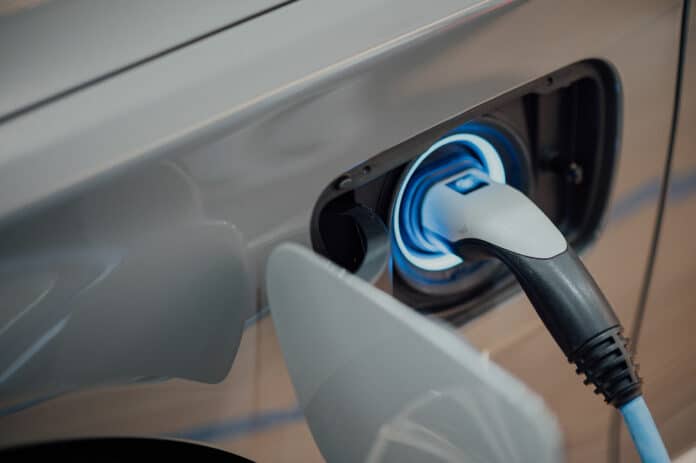Solid-state batteries have gained much traction over the past few years among researchers looking for alternatives. While conventional lithium-ion batteries contain a liquid electrolyte in which lithium ions flow during the charge and discharge process, solid-state batteries are made entirely from solid materials. Besides a massive improvement in operational safety, solid-state batteries can be changed much more quickly. But these batteries have been plagued by stability issues that impact their longevity.
Now, a team of researchers led by Professor Naoaki Yabuuchi of Yokohama National University, Japan, has investigated a new type of positive electrode material with unprecedented stability in solid-state batteries.
The material is made up of lithium titanate and lithium vanadium dioxide, ball-milled down to an appropriate particle size in the order of nanometers. This material offers high capacity thanks to its large quantity of lithium ions that can be reversibly inserted and extracted during the charge and discharge process. The result is an electrolyte material that retains its volume throughout charging to enable the battery to endure hundreds of cycles.
The researchers analyzed the origin of this property and concluded that it is the result of a fine balance between two independent phenomena that occur when lithium ions are inserted or extracted from the crystal. On the one hand, the removal of lithium ions causes an increase in free volume in the crystal, which makes it shrink. On the other hand, some vanadium ions migrate from their original position to the spaces left behind by the lithium ions, acquiring a higher oxidation state in the process.
“When shrinkage and expansion are well balanced, dimensional stability is retained while the battery is charged or discharged, i.e., during cycling,” says Professor Naoaki Yabuuchi of Yokohama National University. “We anticipate that a truly dimensionally invariable material – one that retains its volume upon electrochemical cycling – could be developed by further optimizing the chemical composition of the electrolyte.”
The new positive electrode material was put to the test in an all-solid-state cell by combining it with an appropriate solid electrolyte and a negative electrode. The material performed impressively, with a remarkable capacity of 300 mAh/g with no degradation over 400 charge and discharge cycles.
“The absence of capacity fading over 400 cycles clearly indicates the superior performance of this material compared with those reported for conventional all-solid-state cells with layered materials,” says Associate Professor Neeraj Sharma, co-author of the study. “This finding could drastically reduce battery costs. The development of practical high-performance solid-state batteries can also lead to the development of advanced electric vehicles.”
Researchers plan to continue refining the electrode material to manufacture batteries that are good enough for electric vehicles in terms of price, safety, capacity, charging speed, and lifespan.
“The development of long-life and high-performance solid-state batteries would solve some of the problems of electric vehicles,” Prof. Yabuuchi says. “In the future, for instance, it may be possible to fully charge an electric vehicle in as little as five minutes.”
Journal reference:
- Itsuki Konuma, Damian Goonetilleke, Neeraj Sharma, Takuhiro Miyuki, Satoshi Hiroi, Koji Ohara, Yukio Yamakawa, Yusuke Morino, Hongahally Basappa Rajendra, Toru Ishigaki and Naoaki Yabuuchi. A near-dimensionally invariable high-capacity positive electrode material. Nature Materials, 2022; DOI: 10.1038/s41563-022-01421-z
